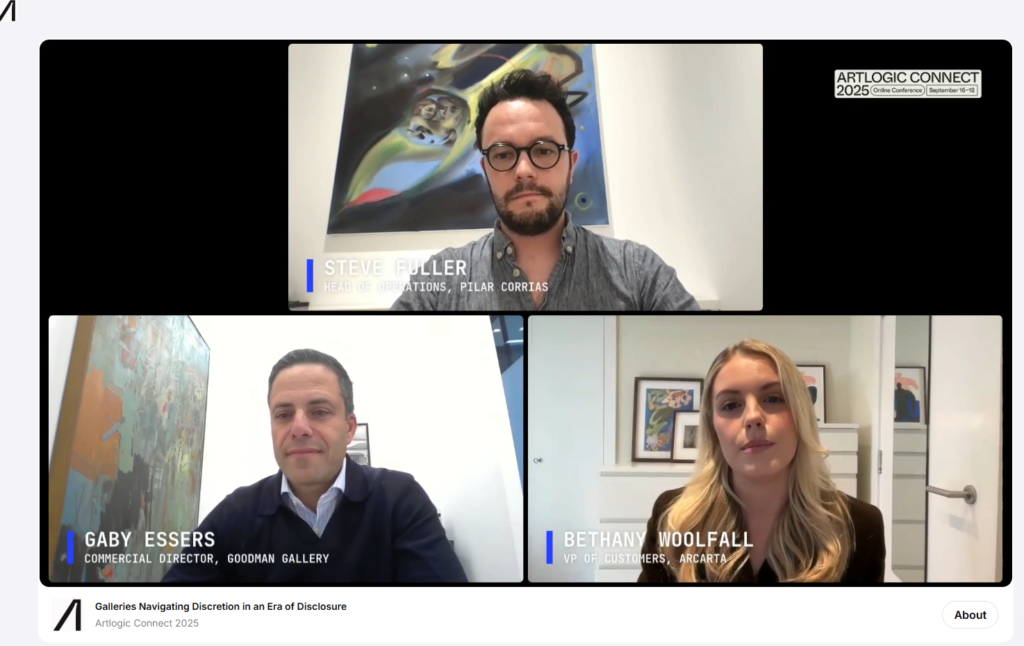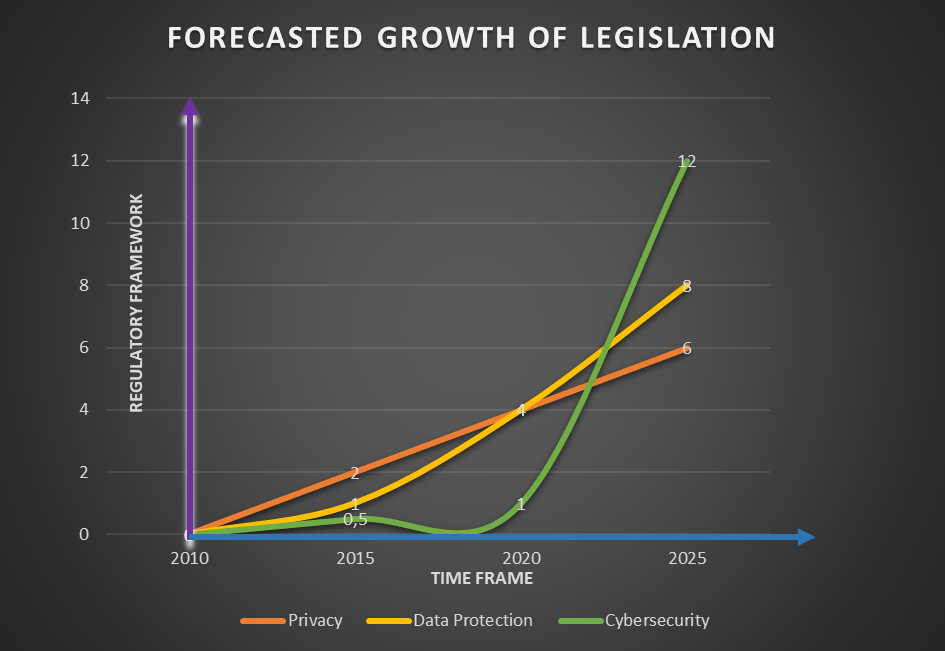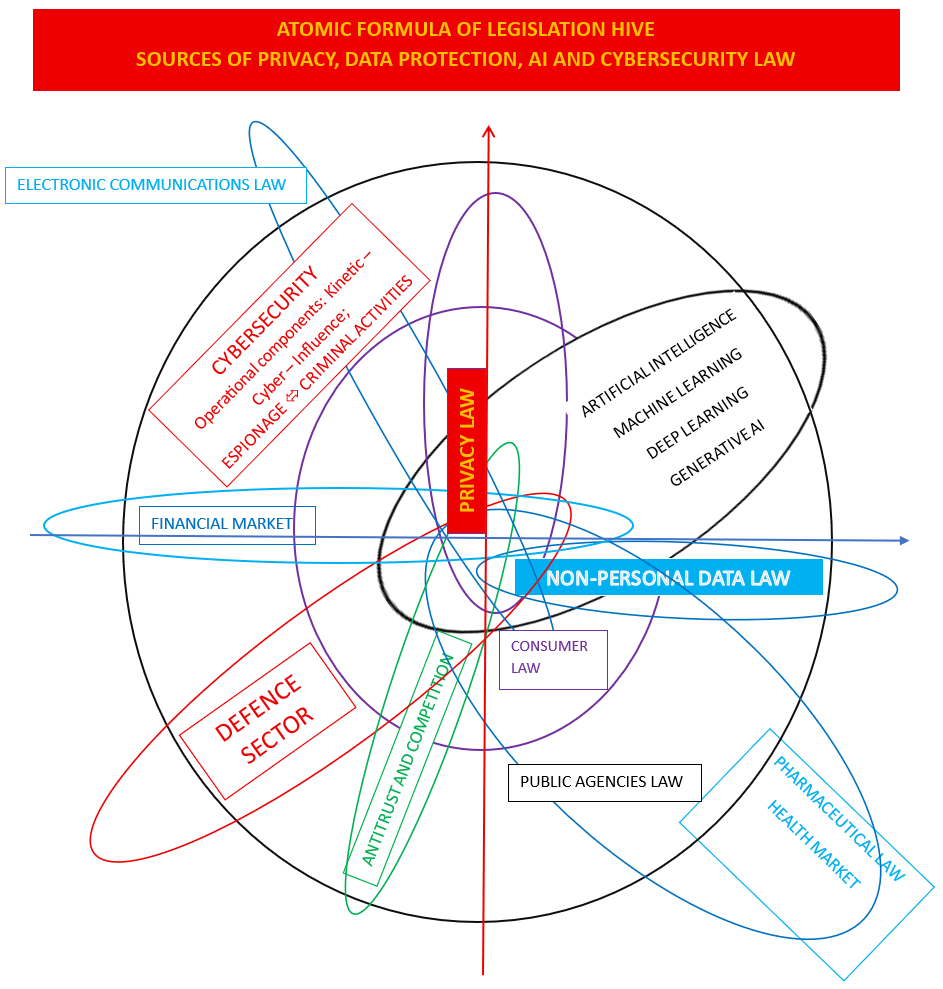KIELTYKA GLADKOWSKI KG LEGAL – KIMES 2026. EU TRADE MISSION TO JAPAN AND KOREA
Artlogic Connect 2025 – Galleries Navigating Discretion in an Era of Disclosure
Publication date: September 16, 2025
KIELTYKA GLADKOWSKI KG LEGAL AT ARTLOGIC CONNECT 2025

Compliance strategies in art trade, taking into account thresholds for AML and KYC.




